News from CircAgric-GHG
This page contains selected news stories, originally posted on www.circagric.org.
Drones and satellites can measure methane emissions from ruminants
A new study combines drone, satellite data, and ground-based flux measurements to examine methane emissions from ruminants in Kenya. The research is a pioneering effort to employ drones for CH4 emission quantification from ruminants in sub-Saharan Africa. It is one of the first field studies to measure methane emissions from camels, a largely understudied source.
“This study demonstrates that drones can effectively monitor emissions in remote or challenging environments, such as where traditional chamber methods are unavailable or impractical, for example with larger animals like camels”, says Alouette van Hove, PhD candidate at the University of Oslo, and first author of the study.
The researchers found that the Bayesian inference method consistently produced results that aligned with IPCC Tier 2 estimates, even for low-emission animals like goats and sheep. Hyperspectral satellite imagery were able to detect anomalies exactly at the locations of the herds.
This research could inform debates on feed subsidies, grazing practices, and emission reduction policies—especially in regions where data is scarce.
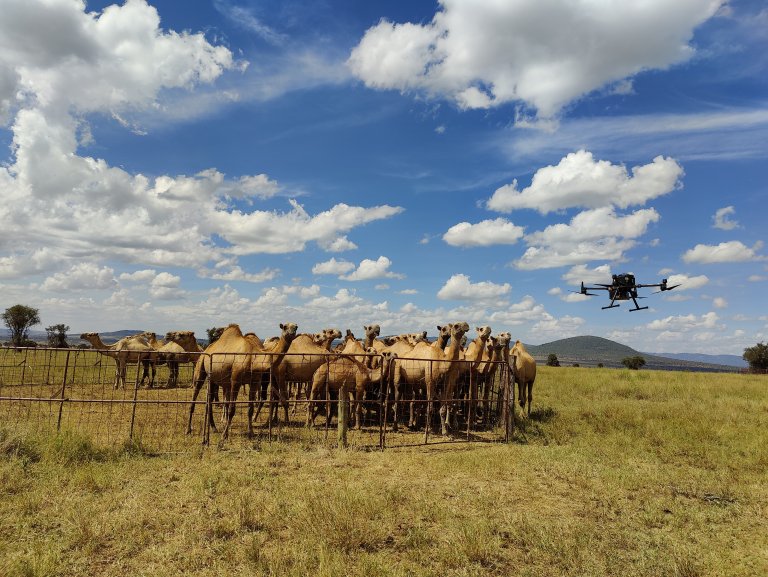
Drones and satellites can measure methane emissions from ruminants – CircAgric-GHG.pdf
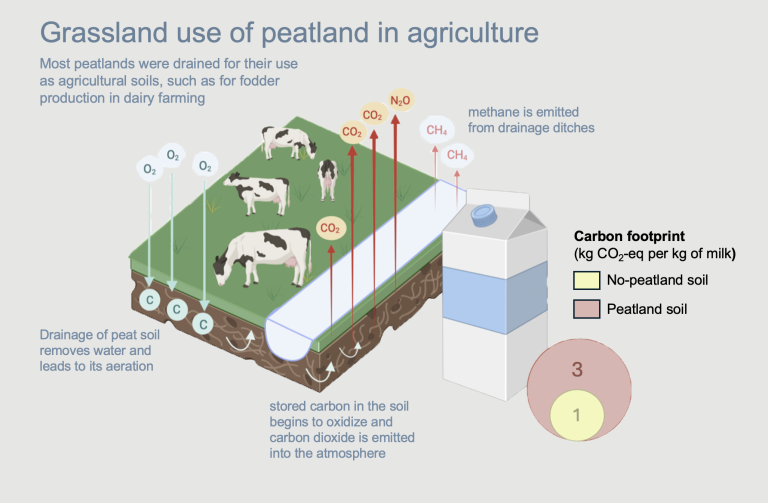
Including peatland pastures will at least double climate gas emissions from Dairy Farms – CircAgric-GHG.pdf
Drained peatlands are a blind spot when calculating emissions from milk production
Life Cycle Assessment (LCA), assessing the “cradle-to-gate” emissions from milk production, guides both policy and farm-level decisions. When peatlands are turned into pastures, the emissions are commonly not included in the carbon footprint from milk produced on such areas. Recent research led by Anna-Lena Müller at the Karlsruhe Institute of Technology (KIT) reveals that this shortcoming significantly underestimates the climate impact from milk production.
“If these emissions are included in LCA-studies, peatlands always become the dominant emission source from dairy farming,” Müller explains. “It shifts the whole picture. If we’re discussing carbon footprints without considering the impact of drained peatlands, we’ll obtain a distorted picture.”
Including peatland emissions at least doubled the carbon footprint of milk production on average. In upscaled scenarios, with larger areas of the farmland defined as peatland, the footprint did even increase up to 6.5 times in one case.
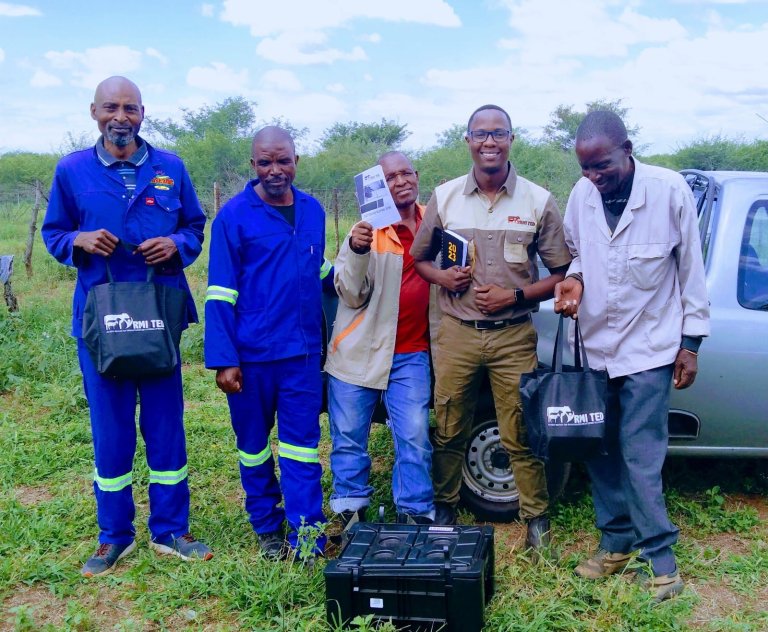
Links
Ernest Makua on LinkedInHigh-density grazing systems may double grass production and improve farm circularity – CircAgric-GHG.pdf
High-density grazing systems may double grass production and improve farm circularity
Seventy small-scale and commercial farms in South Africa were interviewed about nutrient circulation. Farmers were asked about circular practices, focusing on how high-density grazing can increase feed production, enhance manure recycling, and improve animal health.
High-density grazing involves livestock grazing closely together on a smaller area for a shorter period before being moved. The animals are moved once a day (high-density grazing) or once every hour (ultra-high-density grazing). After grazing, the area is left to recover for twelve months.
“This amount of time gives the grass enough time to grow and recover. Grass production can be doubled within high-density grazing systems, allowing farmers to feed more animals from the same area,” says Ernest Makua. As a master student at the University of South Africa he has examined to what extent circular practices are implemented on small-scale emerging farms and larger commercial farms.
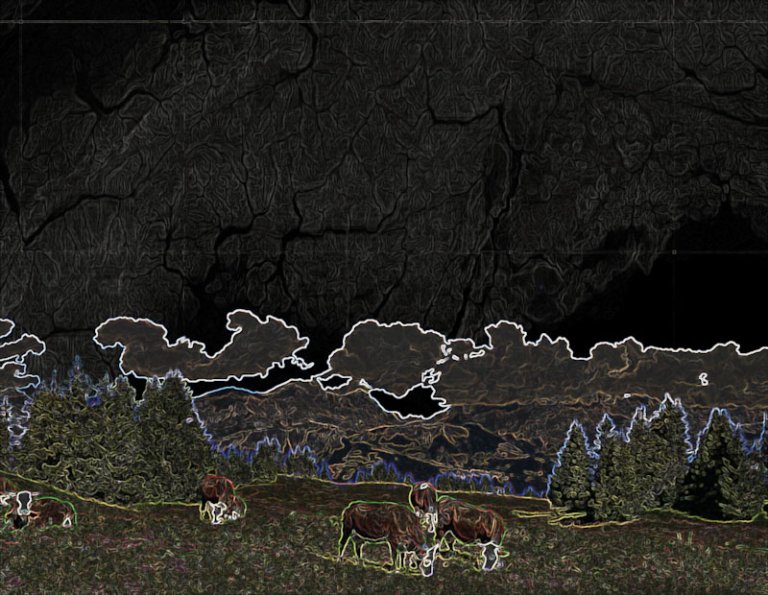
Increased and improved use of pastoral land can promote a more sustainable meat production – CircAgric-GHG.pdf
Evaluating local foraging resources in Italy using remote sensing and productivity modelling
In the Italian Alps, the use of mountain pastures and traditional pastoral methods is on the decline. Researchers at the University of Milan are studying traditional alpine pastoralism and investigating circularity in this system.
Machine learning classification techniques combine information from optical and radar satellite imagery with topographic data. The outcome of this are detailed land-cover maps identifying vegetation and productivity-related pasture types, and changes in a specific area’s landscape over time. Eugenio Carlon, a research fellow at the University of Milan, explains,
“By creating historical land-cover cartographies, we can infer how many pastures were lost and which surfaces may still be reclaimed or requalified, helping us understand the forage production potential of the region.”
“Our land-cover analysis indicates that productive pastoral surfaces have been replaced or fragmented by increased tree and shrubland cover. This is likely due to a lack of grazing and pasture management combined with the effects of climate warming. Today, the majority of remaining pastoral land consists of lower productivity types, while rich pastures are particularly scarce and fragmented,” says Carlon.
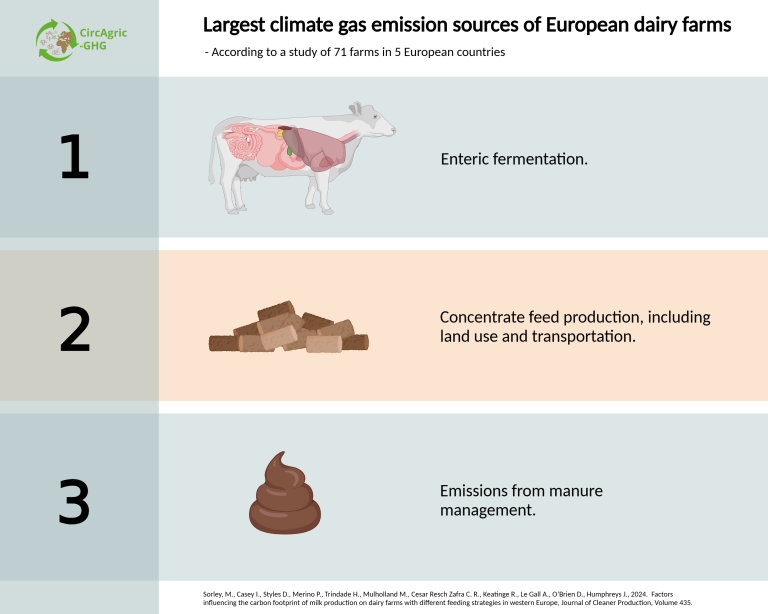
Measures to lower carbon footprint from dairy farms – CircAgric-GHG.pdf
Researchers have assessed the carbon footprints of dairy farms in 5 European countries
Farm management practices explained up to 79% of the variation in carbon footprints, which implies potential for lowering emissions. Life Cycle Assessment (LCA) methodology was used to calculate the environmental impacts of milk production on 71 farms in Ireland, England, Spain, France and Portugal. These farms represent a range of typical dairy farms in Western Europe.
“We found that that there is a huge potential for farmers to make changes within their current farming system. It’s realistic and very doable because the study is based on existing feeding strategies, and although the farming, grazing and confinement strategies we researched are based in Europe it is also applicable to other countries,” says Marion Sorley, first author and research assistant at the University of Galway.
Regardless of feeding strategy, feed efficiency and age at first calving impacted significantly on lowering emissions per tonne fat and protein corrected milk. Housed farms need higher milk yields per cow to achieve lower carbon footprint per tonne fat and protein corrected milk. Results indicate housed farms should also focus on reducing concentrate feed intake and covering slurry storage. Grazing and mixed farms on the other hand, should selectively focus on reducing nitrogen surplus, such as efficient slurry application and legume utilisation.‘
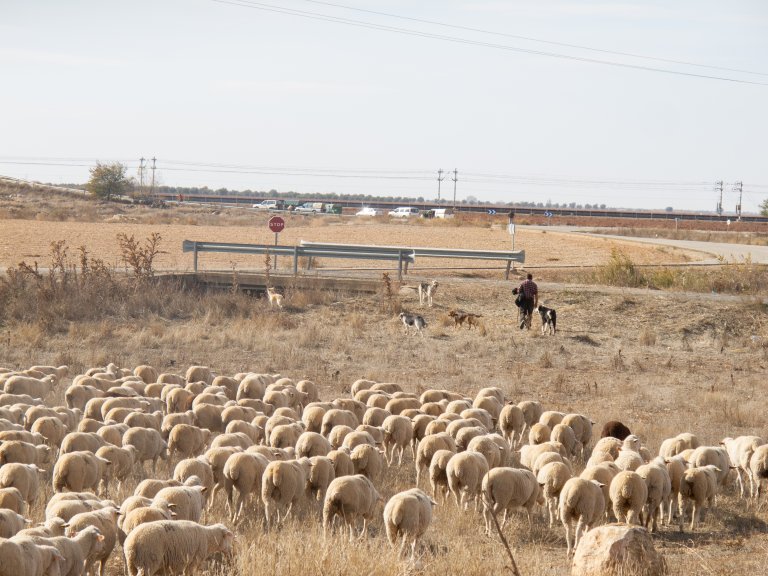
Sheep spending the entire year on pastures have a lower Carbon Footprint – CircAgric-GHG.pdf
Pasture can reduce carbon footprint from sheep production by almost one third
Transhumant sheep systems, both by foot and lorry, achieve relatively low carbon footprint, compared to sedentary farms. Mobility of grazing livestock can thus be considered as a strategy to promote climate change mitigation.
“We found that transhumant systems can reduce the carbon footprint (CF) from sheep production by almost one third, compared to sedentary farms”, says Postdoctoral researcher Guillermo Pardo at Basque Centre for Climate Change in Spain.
Sedentary farms stay in the same area the whole year, using local pasture only for some months of the year.
Prado explains, “Most external input on sedentary farms is imported soybeans, whereas grazing sheep use natural pasture resources, and fossil fuel use is minimal. At the same time natural pastures don’t require external fertilizers, which is beneficial for circularity”, says Pardo.
The researchers were somewhat surprised to find that the animal productivity was also better. The sheep live longer and have a higher fertility rate.
“The animals are moved from one location to another when it’s either too cold or too hot. This means that they live in an eternal springtime. The animals feel this, so the productivity is better.”
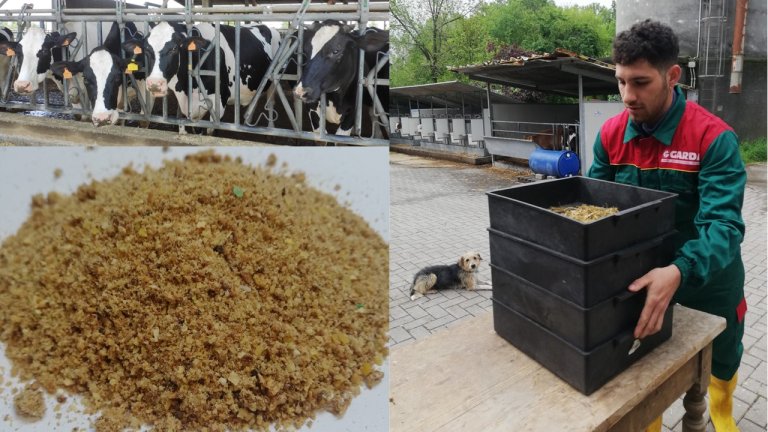
Updated_Cows eating left-overs from bakery products may produce more sustainable milk – CircAgric-GHG.pdf
Bakery by-products as feed ingredient for lactating cows may increase milk production and lower global warming potential
An Italian case study shows promising results for adding bakery by-products as a feed ingredient to lactating cows’ diet.
Associate Professor Stefania Colombini and colleagues at the University of Milan have evaluated case studies on different cattle farms that use some sources of by-products in their diet. The most promising result was seen in a farm that changed from a standard diet to a circular one, including bakery by-products. The cows in this case study farm were fed bakery by-products (former food) in their diets as energy source.
The researchers concluded that the circular diet were more sustainable, in terms of global warming potential (GWP) related to milk production. They calculated the impact both per kilogram fat and protein corrected milk and per individual daily diet, using Life Cycle Assessment approach (LCA). The milk production pr cow was also slightly higher.
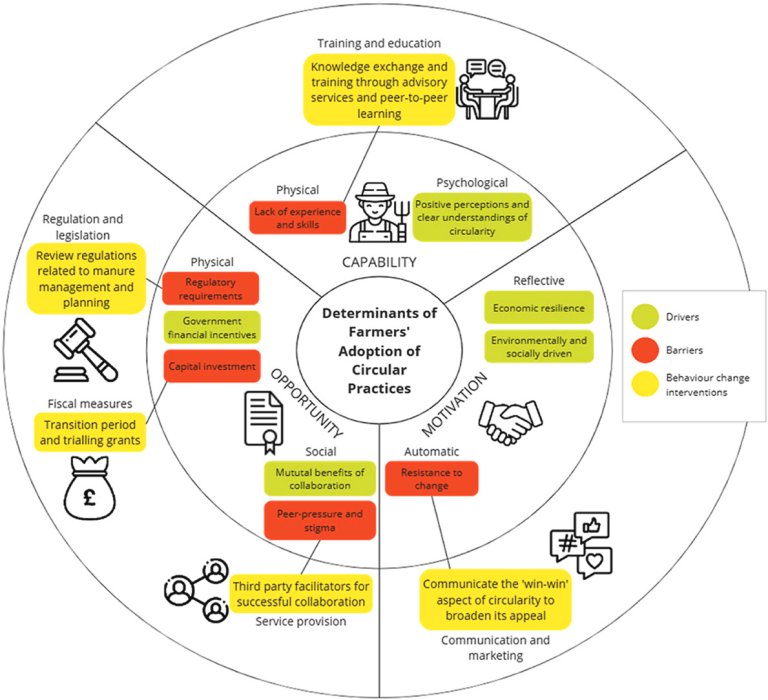
UK Workshops with industry, policy representatives, and farmers – CircAgric-GHG.pdf
Farmers and stakeholders view circular agriculture as a ‘win-win’ and ‘common sense’ strategy
Dialogue with stakeholders is an important part of the CircAgric-GHG project. Project partner Bangor University have explored UK stakeholders' perceptions of circular farming practices through focus groups with 16 agricultural industry experts and policymakers, and 17 semi-structured interviews with farmers already engaged in circular practices.
Results highlights that stakeholders saw circular farming as a ‘win-win’ for farm, society and environment, and farmers saw circularity as ‘common-sense’ and aligned with existing knowledge. However, there’s a need for interventions to enhance uptake, including targeted communication strategies and knowledge exchange to promote awareness and engagement across the sector.
It is necessary to support collaboration at various scales, particularly in integrating crop and livestock systems. Intermediary organisations could play a vital role in facilitating partnerships and overcoming resistance stemming from socio-cultural norms and peer influence. Government support, including financial incentives, was seen as a critical factor in enabling the transition to circular practices, and could mitigate risks by providing economic stability.
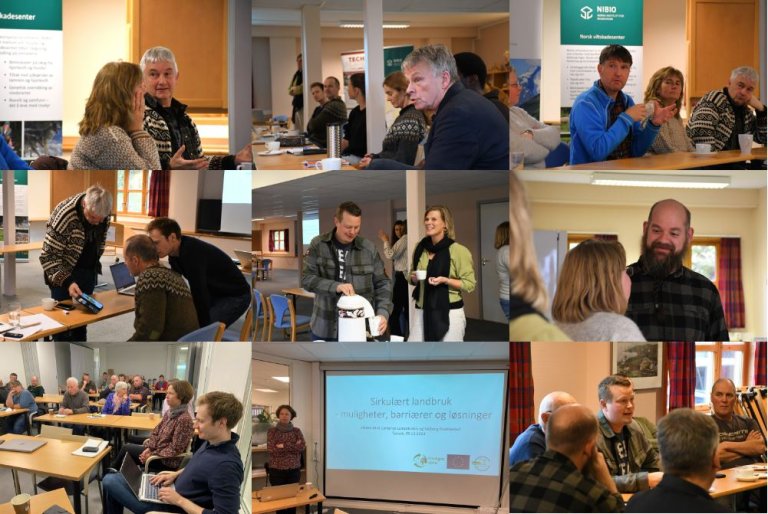
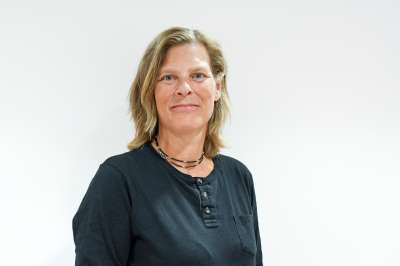
Two workshops with Norwegian farmers about circular agriculture – CircAgric-GHG.pdf
What do farmers perceive as barriers, possibilities, and solutions to circular agriculture?
The CircAgric-project conducted two workshops with farmers in Norway in October and November (2023). The farmers were prompted with questions about how to enhance circular agriculture, on-farm, and between farms.
Circular agriculture involves strategies for better utilization of resources and nutrients, reduced use of external inputs, and replacing fossil energy with renewable energy.
The primary findings were:
- A healthy farm economy is esseintial to introducing new circular practices.
- The farmers want to find the best solutions tailored to their own farm.
- It is important to recognize the farmers knowledge and efforts.
- There is a demand for more holistic policy instruments and support.
- It is necessary to recognize dilemmas between conflicting climate and environmental considerations.
